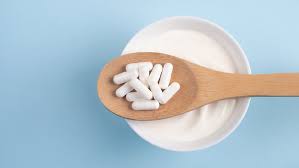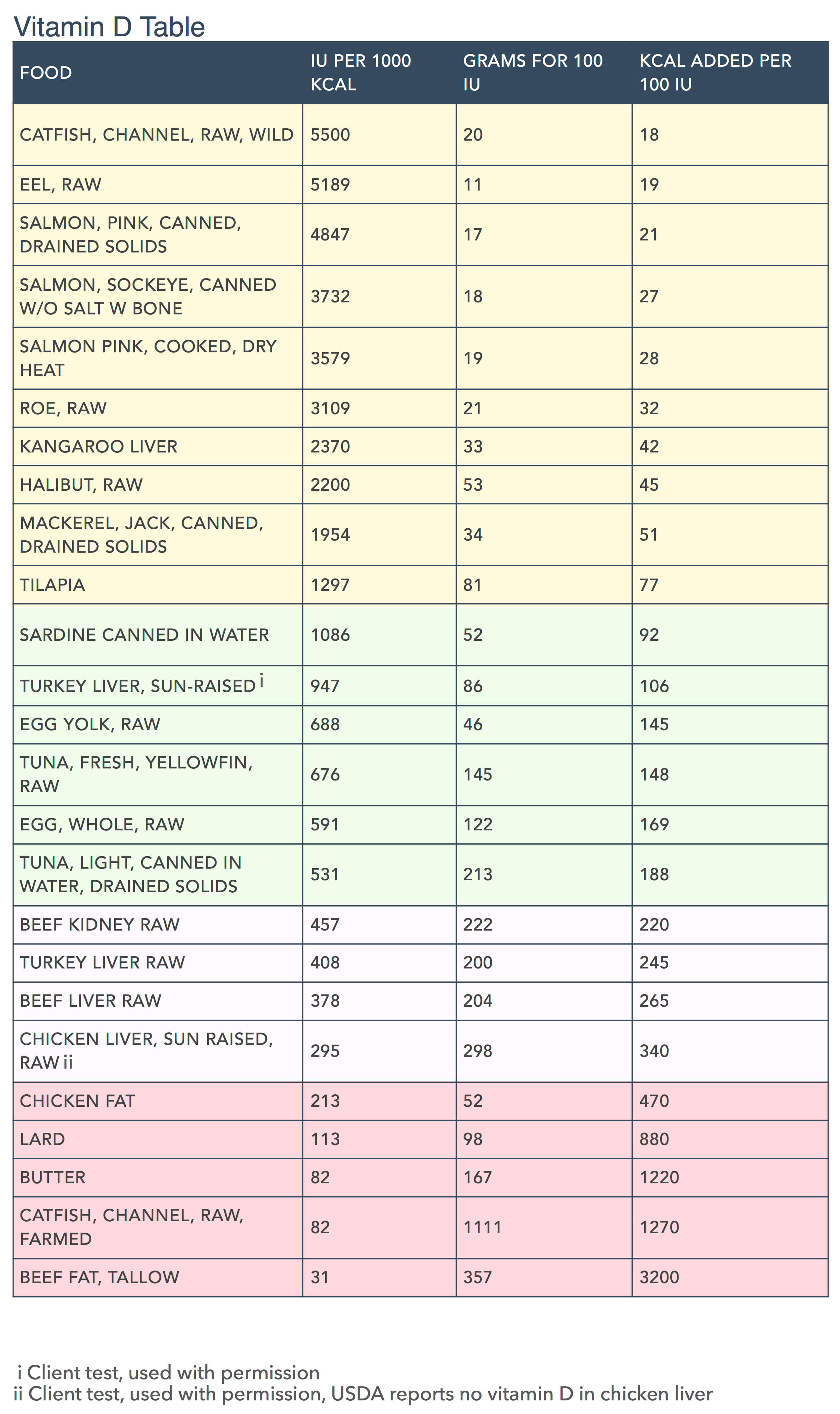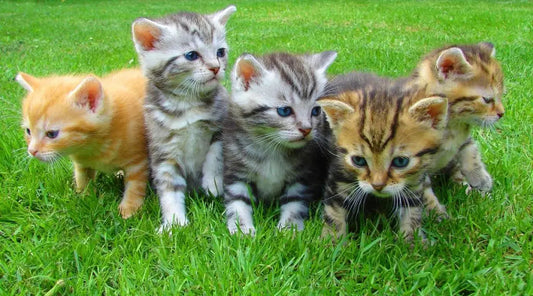
Focus on Nutrients Part 2: Vitamin D
Written by Steve Brown

(longer version published in Dog’s Naturally Magazine, March 2016)
Vitamin D
We all know that we need vitamin D, either through sun exposure or through our food, in order to be healthy. It’s an essential vitamin for humans, which means we can’t live without it, and the same is true for our dogs and cats. No matter how much they lay out in the sun, dogs make very little Vitamin D if any and cats cannot make any at all. Therefore, dogs and cats must consume vitamin D through their diet.
There are two ways to ensure that your dogs and cats consume adequate amounts of vitamin D: through foods such as fish and livers of outdoor-raised animals, or supplements. Whole, natural foods are, of course, the superior choice.
Why Focus on Vitamin D
Vitamin D is just one nutrient among more than 40 nutrients that are known to be essential for dogs. However, too much focus on vitamin D can lead to other nutrient deficiencies. For example, I’ve read recommendations for adding foods with vitamin D to raw diets. That will change the diet from one that mimics the ancestral diet and meets all scientific nutrient recommendations except for vitamin D, into a fatty diet that meets only vitamin D recommendations and doesn’t meet any other minimum standard.
Adding Whole Foods for Vitamin D
If you want to add whole foods to boost the vitamin D content of the dog foods you feed, add the foods with the lowest calories per 100 IUs (see the table below). Fish, canned and fresh, are the best choices. Foods such as butter and chicken fat are poor choices. This is especially important for those trying to serve an ancestral or prey model diet. As discussed in my article: Steve Brown, Boosting Vitamin D With Whole Foods, Dogs Naturally Magazine, March 2016, wild prey animals are significantly leaner than domesticated feed animals, even of the same species.
If I want to boost a specific nutrient in a diet, vitamin D for example, I evaluate ingredients based upon how much vitamin D, measured in IUs, they provide per kilocalorie (calorie).
Explanation of Table
The table below lists foods, from best to worst, that add vitamin D to a diet. The first group includes excellent foods to add to a diet to boost the vitamin D of the diet. The second group foods are good sources to add, but only in lean diets. Those in the third group have enough vitamin D on their own, but won’t boost the overall D content. Foods in the bottom group add too many calories per IU of vitamin D.
If you feed commercial raw foods, and don’t see vitamin D3 supplement on the label, look for one of the foods at the top of the table.


Steve Brown is a dog food formulator, researcher, and author on canine nutrition. In the 1990s he developed one of the leading low-calorie training treats, Charlee Bear® Dog Treats, as well as the first AAFCO-compliant raw dog food. Since 2003 he has focused on research and education. He is the author of two books on canine nutrition (See Spot Live Longer, now in its 8th printing, and Unlocking the Canine Ancestral Diet (Dogwise Publishing, 2010); and a 40-page booklet, See Spot Live Longer the ABC Way.


